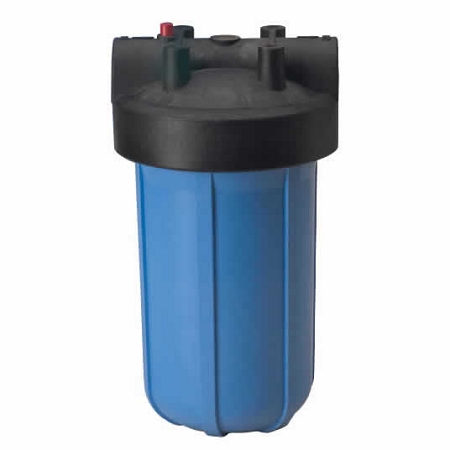Reverse osmosis refers to a type of desalination process. It can remove salt from seawater and is often used for recycling as well as for treating wastewater, How Stuff Works says. If you want to make sure you aren’t drinking contaminated water at home, though, then buying and having a reverse osmosis water system installed is a must.
The process
Water molecules pass through the semi-permeable membrane, which serves much like a microscopic sieve to filter out contaminants from your water. That way, you know you aren’t drinking pesticides, microorganisms, metals or volatile organic chemicals right along with every glass of water.
Typical system parts
A typical reverse osmosis water system is made up of a sediment filter, activated carbon pre-filter, and a reverse osmosis membrane filter. It also comes with an activated carbon post filter and a storage tank.
Maintenance requirements
You’re going to need to fulfill maintenance requirements if you want your system to keep filtering contaminants out of your water. Make sure there aren’t any tears or rips in the membranes. You can do water tests to check this. Bio-fouling is also a concern, which can happen when microorganisms are blocked by the membrane. Looking for an easy solution to the problem? Disinfect the system with chlorine. That should keep this from happening.
Buying reminders
Don’t just buy a water system. Know what kind of contaminants are in your water. That’s the first step. Once you know, you have a better idea which water systems will be effective at getting rid of those contaminants. Be sure to have an expert handle the installation work. Improperly installed, your unit could end up damaged beyond repair. That’s going to be a waste of your time and money. Prevent installation woes by hiring a professional to do the job for you.








